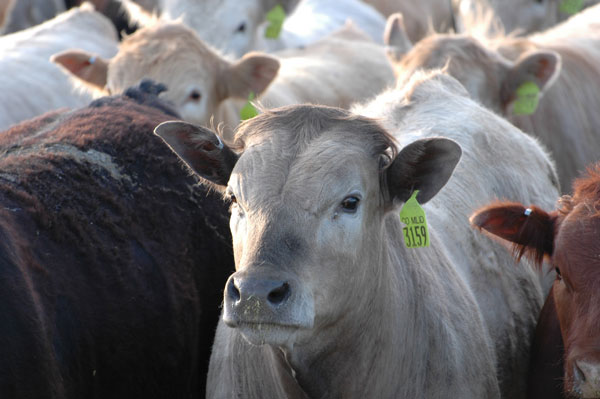The NAHMS Feedlot 2011 survey found only 34% of feedyards are ready for a natural or manmade disaster. Is your operation one of them?

It may not be evident, at least for some when looking at the afternoon thermometer, but fall is upon us. And fall is a time for feedyard managers and owners to turn their thoughts to emergency preparedness.
According to the National Animal Health Monitoring System (NAHMS), a part of USDA’s Animal and Plant Health Inspection Service, when an animal health emergency occurs, an immediate response is necessary to protect animal and public health, and minimize economic effects.
“However,” NAHMS says in its Feedlot 2011 survey report, “animal health emergencies are not limited to disease outbreaks.” These situations include any adverse event or disaster that could affect livestock health and production, such as weather-related emergencies, natural disasters, utility outages and other things.
Thus, with winter right around the corner, now is a good time to develop a comprehensive emergency management plan for your feedlot. If you’ve already got a plan, now is a good time to dust it off, review it with your employees and update it if necessary.
A written emergency preparedness plan, NAHMS says, is an essential part of being prepared to act when things go wrong. The plan should address the basic needs for a continuous supply of power, clean water and safe feed. “Such a plan can reduce confusion during an emergency and help ensure a better outcome for the operation,” NAHMS says.
However, according to the agency’s Feedlot 2011 survey, only 34% of all feedyards surveyed had a written emergency procedure plan. A higher percentage of feedlots with 8,000 head or more capacity (65.8%) had a plan compared with 21% of feedlots with a capacity between 1,000 and 7,999.
When looking at the basic elements of emergency preparedness, 46.3% of all feedlots had a contingency plan for feeding and watering livestock in the event of a utility outage. Of that, 67% of the larger feedlots had a backup plan for animal feed and water, while 37.8% of feedlots between 1,000 and 7,999 head had such a plan.
Critical in an emergency is a backup power source. Overall, 60% of feedlots surveyed had a power generation capacity of 15 or more days on average. Smaller feedlots were more likely to have 15 days or more of power generation capacity (67.3%) than feedlots with a capacity of 8,000 head or more (42.3%).
Likewise, training workers in food safety and recognizing potential terrorist activities, as well as maintaining an active working relationship with local emergency management officials are other important components of emergency preparedness, NAHMS says. Overall during the previous three years, 48.2% of feedlots had someone from the operation attend an educational meeting regarding food security, terrorism threats or recognizing potential terrorist activities and actions. A higher percentage of larger feedlots (64.3%) had taken advantage of such training, compared with 41.5% of smaller feedlots.
However, 88.5% of all feedlots encouraged employees or others to report what they considered unusual circumstances or activities and 48.4% had active working relationships with county or regional emergency management officials. Larger feedlots (70.3%) were more likely than smaller feedlots (39.3%) to have such relationships.
For more on the Feedlot 2011 survey, go to http://nahms.aphis.usda.gov/feedlot. For information on emergency preparedness and management, check out these resources:
About the Author(s)
You May Also Like



